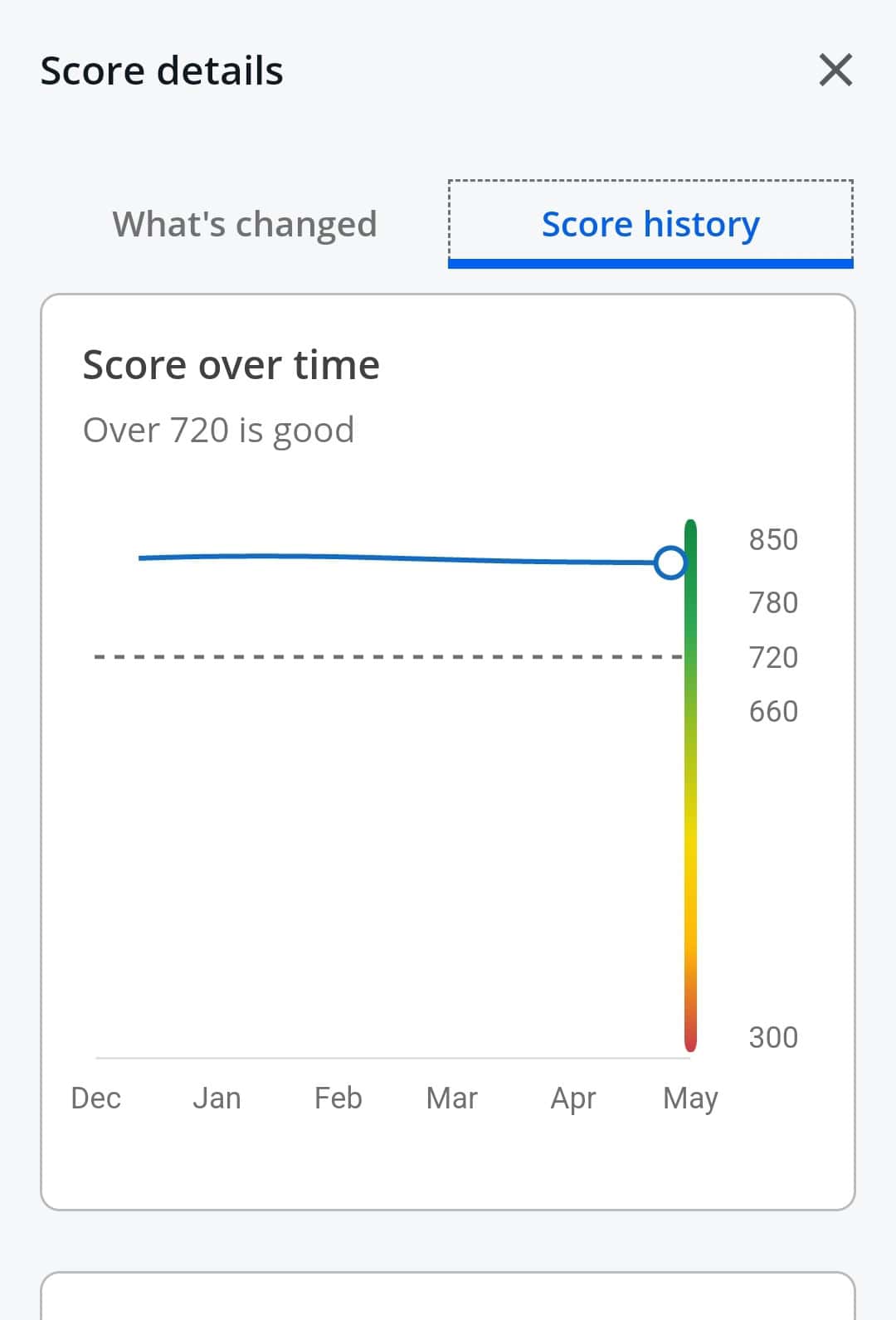How much do you need to retire early?
How much do you need to retire early is just a math problem. It’s a matter of understanding how much do/will you spend? How much income do you need to cover those expenses. You do not need a Financial Advisor or Financial Planner to solve this math problem. You just need to understand the basics of Finance.
Table of Contents
Time Value of money
Understand the basics:
- Present Value: How much do you have today
- Future Value: How much will you have later
- Interest (or rate of return): What is your rate of return
- Payment: Are there any additions/subtractions?
- Time: How long is your time horizon
If you know any four of the above you can solve for the 5th.
Figure out what you need to retire
So if you make some assumption you can figure out what you need to retire.
- Present Value. This is what we are solving for, so we’ll come back to it in a minute
- Assume FV is $0. This means you want to die with $0. You can make that larger if you want, but stick with me on the basics
- Assume a rate of return. Let’s keep it at a fair 5% for our example
- Payment: For easy math assume you spend $50k a year.
- Time: How long do you want to be retired? Let’s assume you want to retire at age 50, and you expect to die at 100.
So let’s solve for Present Value. The formula to solve Present Value is: PV = FV * (1/((1+r)^n).
Huh? Don’t overthink this. Go to any Time Value of Money Calculator.
Plug in the assumptions above and that should tell you that you need $912k to retire under these assumptions.
So with the above assumptions at age 50 you need $912k.
How to calculate how much to save for retirement
You do the same thing as above, but now you solve for Future Value.
- Present Value. Add however much you have today. Let’s assume 0 for each math.
- Future Value. This needs to be $912k, because that is what we’ve determined you need to retire.
- Assume a rate of return. Let’s keep it at a fair 5% for our example
- Payment: Before this was an outflow. Now it is an inflow. Let’s solve for this, so leave it blank
- Time: How long until you are retired. Before we said you want to retire at age 50. How old are you now? Let’s say 25.
Plug those assumptions into the calculator and we discover that you need to save $19,100 a year to retire under these assumptions. Keep in mind that maxing out your 401k is ~$19k a year in savings, not even including company match. (This is crazy, I didn’t cherry pick numbers here, they both just happened to be $19k using reasonable assumptions!)
Now’s the fun part. Play around and change assumptions, or solve for other factors. Easy. This is all financial planning software is.
How much to retire early: Understand Spending
You control your spending, both pre-retirement and in retirement. Decrease your spending in pre-retirement and you can increase your investments, which will shorten how long it takes you to retire. Decrease your spending in retirement and then you need a smaller lump sum to retire, which also shorten your time until retirement.
Or don’t. Continue to spend enough to make you happy, but do not spend more than that. We do. We spend a lot in my household, but we don’t spend more than we need to. Which means I need to work a little bit longer (or I could have bought one more house when I was younger, or whatever to get the math to work).
But you need to understand what you spend now, and will spend later. This is critical. I’ll write a blog post on this later, but the gist is know thyself!
Every FIRE story is using this math
Everyone who writes about Financial Independence Retire Early is using this same math. Everyone. But there are many approaches. Some prefer to decrease spending now. Some prefer to decrease spending later. Others have a high income. Some seek FIRE in their 30s. Others are in their 40s. Some are even in their 50s. But we are all saying the exact same thing. Understand the basic math, and then adjust the assumptions for your lifestyle.
Every Financial Advisor and Financial Planner is using this math too. Except they tend to focus on you retiring in your 60s and 70s. They do not get paid for you decreasing your spending now or later. They sell financial products, not FIRE Roadmaps.
Bottom line:
Calculating how much you need to retire isn’t complicated. It’s just a math problem. The assumptions and inputs are controlled by your preferences and lifestyle. You can increase or decrease your spending. You can change how much or how little you save. Setting reasonable expectations of return is also in your control. If you chase higher/lower than reasonable returns and you are risking missing your goal. Be reasonable. You’re in control!



